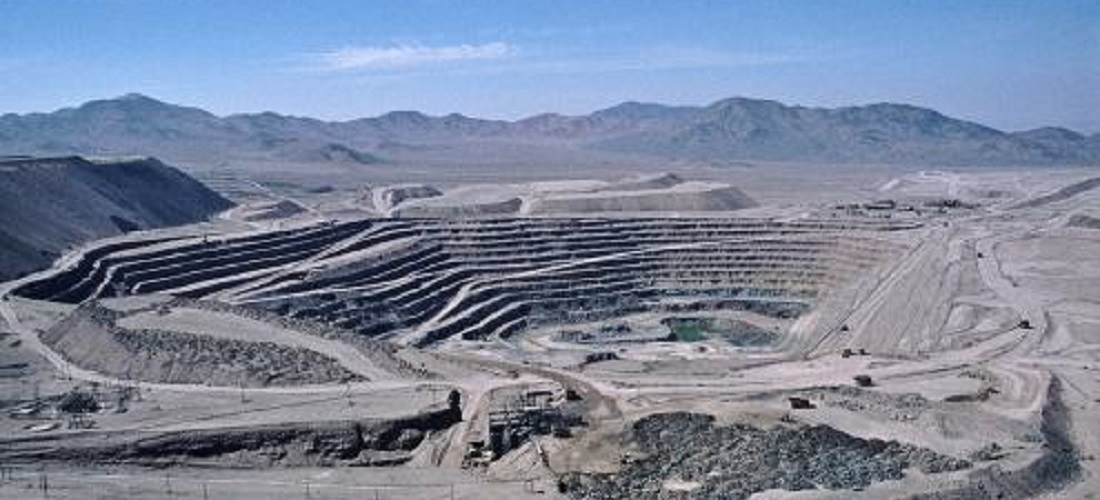
The Next Vaca Muerta: How Argentina Prepares to Tap Into Its Copper and Lithium Resources
Oct, 10, 2024 Posted by Gabriel MalheirosWeek 202440
The expectations surrounding mining projects in Argentina go beyond political divisions. Both the liberal government of Javier Milei and governors from various political backgrounds, including radicals and Peronists from San Juan, Mendoza, Catamarca, Salta, and Jujuy, are engaged in talks with international companies to attract investment. Argentina is rich in natural resources, particularly copper and lithium, but to fully capitalize on this potential, the country needs to build long-term trust, invest in infrastructure, and reduce capital costs to make its projects more competitive, according to industry experts.
These challenges were discussed at an energy transition conference hosted by the Wilson Center in Buenos Aires, which featured the participation of U.S. Ambassador Marc Stanley. “Argentina is a leader in the energy resources the world needs,” Stanley said.
According to the International Energy Agency (IEA), global production of key minerals will need to triple by 2030. Many in the sector compare the current situation with copper and lithium to what Vaca Muerta represented a decade ago.
“There is a combination of factors that allow us to be optimistic about the present and future of mining in Argentina, a historically overlooked sector. This is changing, largely due to the energy transition. To achieve a cleaner world, we need lithium and copper. Mining is no longer seen as synonymous with predatory extraction but as an opportunity to move towards a healthier environment,” said Mining Secretary Luis Lucero.
Argentina ceased copper production in 2018 when the Bajo la Alumbrera mine shut down. However, new projects are underway, including Taca Taca in Salta, Mara in Catamarca, and Josemaría in San Juan.
As for lithium, despite the price drop from $80,000 to $20,000 per tonne over the past year, the country has four projects in production. The flagship project is Cauchari-Olaroz in Jujuy, operated by Lithium Argentina in partnership with China’s Ganfeng and the state-owned company Jujuy Energía y Minería. With a $1 billion investment, the mine began operations in 2023, boasting an annual production capacity of 40,000 tonnes and a lifespan of over 40 years.
While Lithium Argentina has another project in Salta, Pastos Grandes, it is still in the feasibility stage, and investment has slowed due to falling lithium prices. “Only projects already under construction or in operation remain attractive. We expect these projects to move forward, but it will be more challenging than many anticipated when prices were higher,” said Ignacio Celorrio, the company’s vice president.
According to Celorrio, the key to the lithium market is not immediate profit but long-term reliability as a producer. “This is Argentina’s secret: producing with quality and consistency to secure markets that would otherwise be dominated by other countries.”
Martín Pérez de Solay, former CEO of Allkem, emphasized the strategic importance of copper in Argentina. “The world will need much more copper, and Argentina has many projects to explore,” he noted.
An ITBA professor highlighted that a copper project requires an initial investment between $3 billion and $5 billion, and the window of opportunity is relatively short. “We will face a copper supply issue in five years. There are no major projects in development worldwide, and it would be a shame to miss this opportunity,” he warned.
Juan Pablo Schaeffer, director of Anglo American in Chile, shared Chile’s experience in mineral development, stressing the importance of stability and coordinated work with authorities to ensure project viability. “Chile has also established a stable tax and regulatory regime, which is essential for long-term investments,” he said.
Finally, Secretary Lucero emphasized that Argentina also has significant potential in other minerals, such as gold and silver, particularly in Patagonia. “We need to reinvest in prospecting and exploring [resources]. We have fewer than 40 projects in this phase, and to secure the future of mineral production, we need to prospect much more,” he concluded.
Source: La Nación
Original reporting in Spanish: https://www.lanacion.com.ar/economia/la-proxima-vaca-muerta-como-se-prepara-la-argentina-para-desarrollar-sus-recursos-de-cobre-y-litio-nid10102024/
-
Shipping
Jan, 09, 2020
0
ANTAQ confirms cabotage vessels are operating close to 76.2% of capacity
-
Ports and Terminals
Mar, 29, 2020
0
Santos Brasil concludes important step in Tecon Santos pier expansion project
-
Meat
Sep, 14, 2023
0
Brazil beef exports keep up good pace in September/23
-
Grains
Jun, 15, 2021
0
Record soy crop

